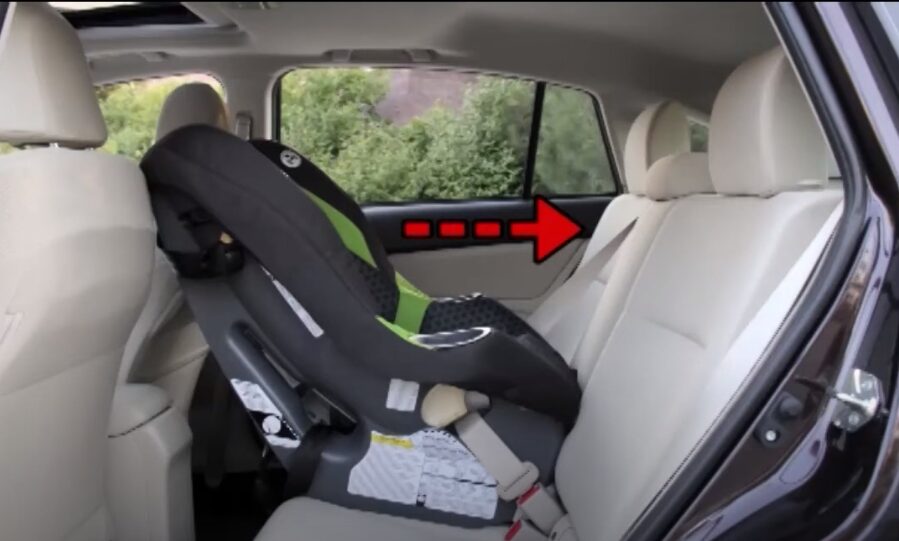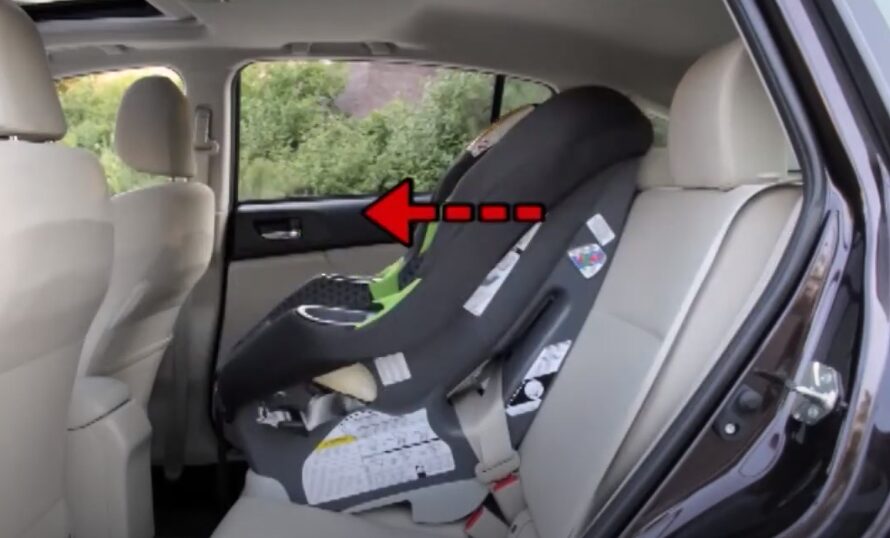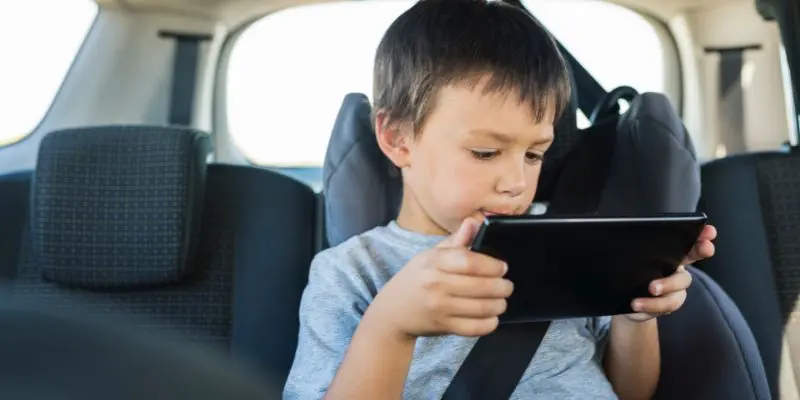What are the 4 Car Seat stages?From Newborn to Big Kid 2024
Just as your child grows and changes, the type of car seat they need also changes. There are four main stages Rear-facing, Forward-facing, Booster, and Seat belt. Every parent dreams of keeping their child safe, and ensuring their safety while travelling is a top priority.
Car seats play a crucial role in safeguarding your precious cargo and providing essential protection in case of an accident. But with different types and stages, navigating the world of car seats can be confusing. This essential guide will explain the 4 stages of car seat safety, equipping you with the knowledge to make informed decisions for your child’s well-being at every critical phase.
Why Car Seats are Crucial for Child Safety
Imagine a world where car seats didn’t exist. During a sudden stop or collision, an unrestrained child would be thrown around the vehicle like a ragdoll, susceptible to severe injuries or even death. Thankfully, car seats act as a protective shell, absorbing and distributing the impact of a crash to minimize harm to your child.
Beyond legal requirements (which vary by location), using a car seat is simply the non-negotiable choice for any responsible parent. It’s an investment in your child’s future, offering peace of mind knowing they’re secured and protected during every journey.
Navigating the Different Types of Car Seats:
As your child grows, their car seat needs will evolve. Here’s a breakdown of the 4 stages of car seat safety and the corresponding types of car seats:
Stage 1: Rear-Facing Car Seats (Birth: 2 Year or Until Maximum Weight/Height Limit)

Imagine a cocoon cradling your fragile newborn. That’s precisely the function of a rear-facing car seat, offering the optimal level of protection for infants and young children. The maximum rear-facing weight range usually varies from 30 to 50 pounds. In a crash, the force of impact is distributed evenly across the strongest parts of your child’s body—their back and head. The NHTSA also recommends keeping the child in a rear-facing car seat.
Choosing the Right Rear-Facing Car Seat:
- Infant car seats: These lightweight seats are designed for newborns and smaller babies. They often come with detachable bases for easy transfer between the car and stroller.
- Convertible car seats: These versatile seats can be used in both rear-facing and forward-facing positions, offering a longer lifespan and adaptability as your child grows.
Stage 2: Forward-Facing Car Seats (2–4 Years or Until Maximum Weight/Height Limit)

Once your child reaches the maximum weight or height limit for their rear-facing car seat, it’s time to transition to a forward-facing car seat. While still crucial for safety, it’s important to remember that forward-facing car seats offer less protection compared to their rear-facing counterparts.
Forward-facing car seats typically have a minimum weight limit of around 40 pounds (18 kg) to 65 pounds (29 kg) or even higher.
It’s important to understand that these are general ranges, and the specific limits vary considerably depending on the individual car seat model. and experts strongly recommend keeping children in rear-facing car seats for as long as possible, ideally until they reach the maximum height or weight limit allowed by their rear-facing car seat. This position offers significantly better protection in case of a crash compared to forward-facing.
Choosing a Safe and Comfortable Forward-Facing Car Seat:
- Harness fit: Ensure the harness straps are snug and secure, fitting snugly over your child’s shoulders (without slipping off) and at hip level across their thighs.
- Top tether: Many forward-facing car seats require a top tether for additional stability in a crash. Ensure you use it correctly.
Stage 3: Using Belt Positioning Boosters Effectively (4–8 Years or Until They Outgrow the Seat)

As your child gets older and taller, they’ll eventually outgrow their forward-facing car seat. This is where belt positioning boosters come into play. These seats lift your child to the proper height, ensuring the vehicle’s seat belt fits snugly across their chest and hips, not their stomach or neck, in case of an accident.
Selecting the Appropriate Booster Seat for Your Child:
- Size: opt for a booster seat that provides proper support for your child’s back and head and allows their knees to bend comfortably at the edge of the seat.
- Features: Consider features like adjustable headrests and side-impact protection for additional safety.
Stage 4: Graduating to the Vehicle Seat Belt (8+ Years or When They Outgrow the Booster Seat)
The final stage of car seat safety involves using the vehicle’s seat belt alone. This is a significant milestone, signifying your child’s growing independence and maturity. However, it’s crucial to ensure they’re ready for this transition.
Signs Your Child is Ready to Use the Vehicle Seat Belt Alone:
- They can comfortably sit upright with their back against the seat for the entire journey.
- The vehicle’s lap belt sits low across their hips, not their stomach.
- The shoulder belt rests across their chest, not their neck or arm.
Additional Safety Tips for Children Using the Vehicle Seat Belt:
- Lead by example: Always buckle up yourself, demonstrating safe car habits.
- Encourage good posture: Remind your child to sit upright and avoid slouching.
- Avoid distractions: Minimize distractions while driving to ensure your child remains
Conclusion: Keeping Your Child Safe Every Mile of the Way
The journey of keeping your child safe on the road doesn’t end with car seats. As your child grows and transitions between different stages, remember to prioritize safety at every step. Regularly check and maintain your child’s car seat to ensure its functionality and continued effectiveness. Additionally, countless resources are available online and through local organizations to provide further guidance and answer any questions you might have. Remember, prioritizing car seat safety and following recommended guidelines are investments in your child’s future, fostering a lifetime of safe and responsible travel habits.
